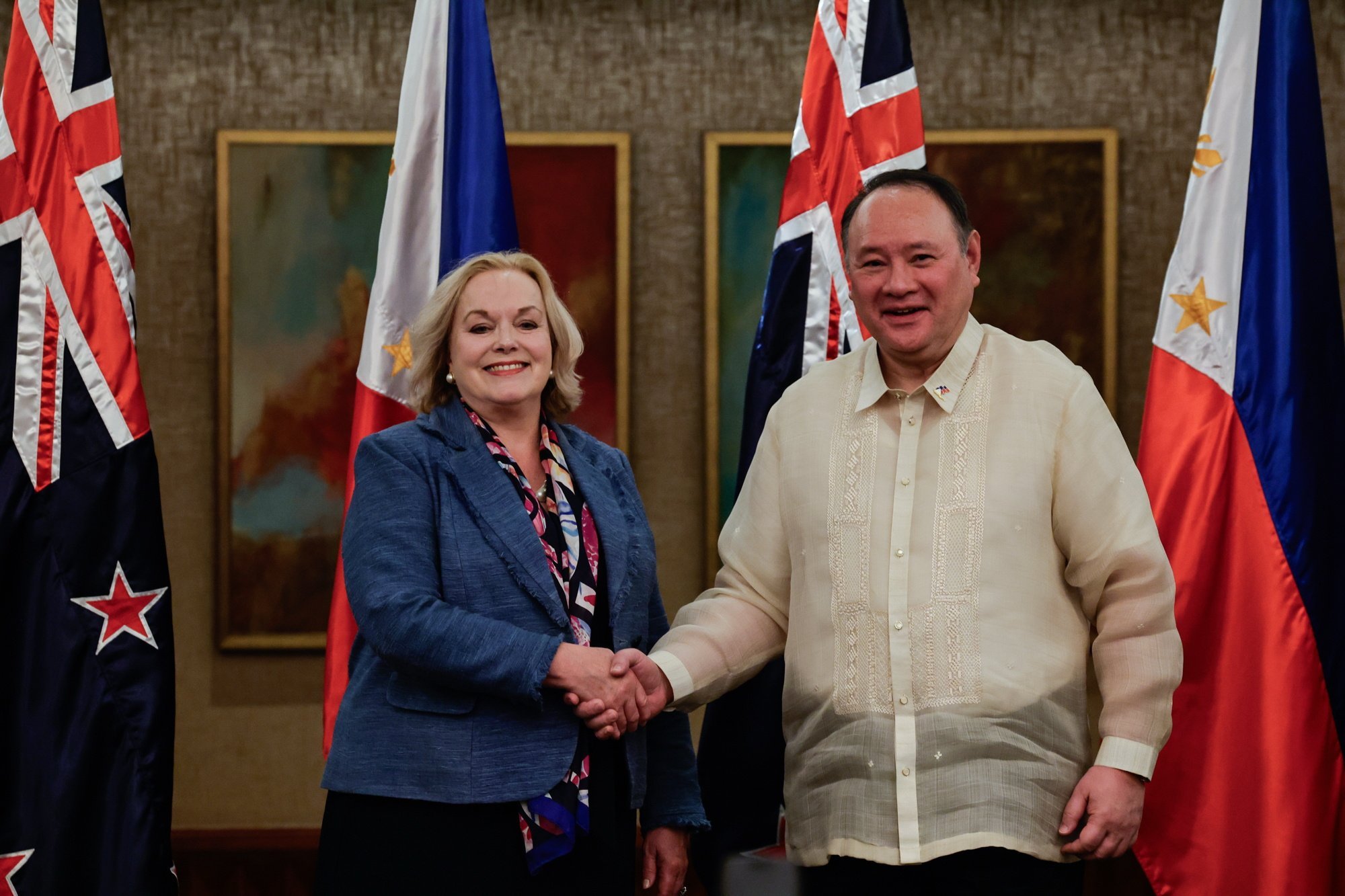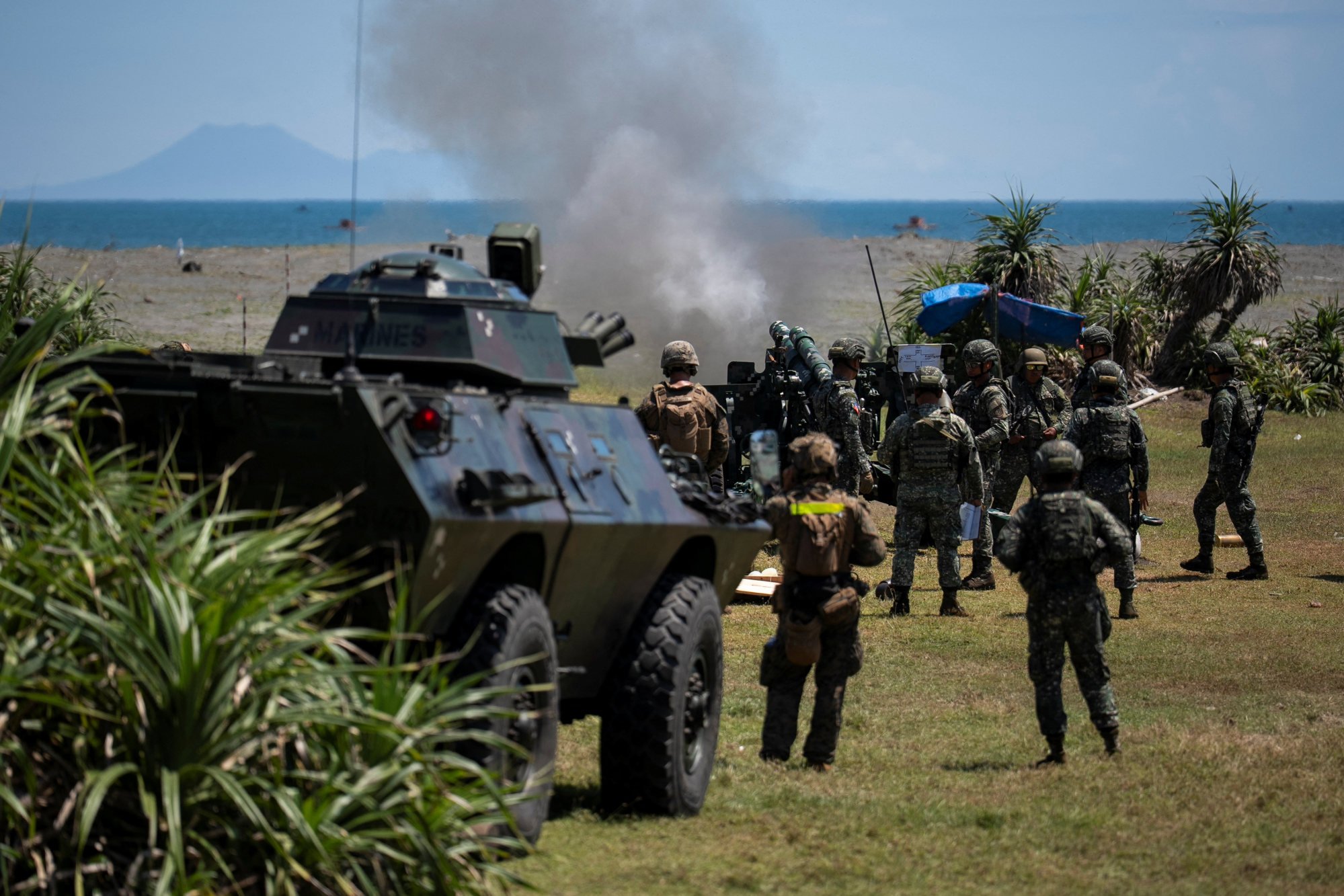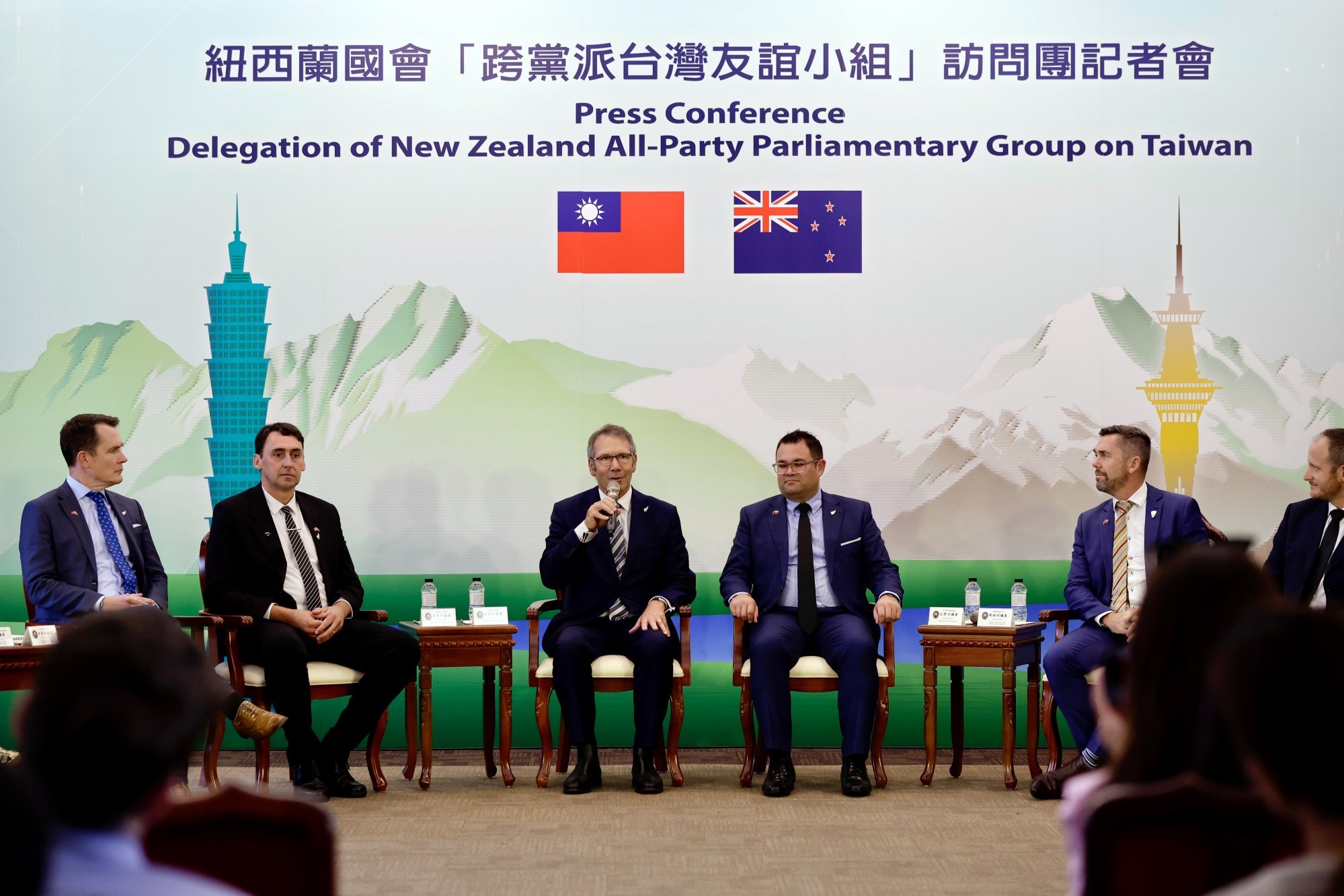New Zealand’s ‘hawkish’ China turn drives its expanding Asian security footprint
Analysts say Wellington’s new visiting forces agreement with the Philippines signals a more ‘alliance-like’ approach to foreign policy

A newly minted military agreement between the Philippines and New Zealand reflects deepening defence cooperation among “like-minded democracies” and positions Wellington as a more active player in Southeast Asian security, but analysts caution that the move also marks a hawkish shift likely to strain ties with China.
The Status of Visiting Forces Agreement, signed in Manila on April 30, paves the way for joint military exercises between the two nations. Philippine Defence Secretary Gilberto Teodoro Jnr and his New Zealand counterpart Judith Collins finalised the pact in a ceremony overseen by Philippine President Ferdinand Marcos Jnr.
The deal is part of a broader push by Manila to bolster security partnerships amid ongoing tensions with Beijing in the South China Sea. Similar arrangements are already in place with the United States and Australia, while a pact with Japan is awaiting approval by Tokyo’s Diet. Talks have also concluded for a defence agreement with Canada.
“These partnerships have become very important in the face of all that is happening,” Marcos Jnr said during the signing ceremony.

Collins echoed this sentiment in a statement ahead of the signing, saying New Zealand was “committed to reinvigorating our security relationships” and partnering with nations like the Philippines “to uphold the international rules-based order”.
The agreement coincides with renewed maritime disputes between Manila and Beijing. On Monday, the Philippines said it had dispatched a coastguard vessel and an aircraft to challenge what it described as illegal activities by a Chinese research ship within its exclusive economic zone.
Manila’s new pact with Wellington enables it to learn “best practices” and serves as an additional link in the chain of recent security agreements between “like-minded democracies”, according to Don McLain Gill, an international-studies lecturer at De La Salle University in the Philippines.
“[It] aims to contribute to the security of the established order amid growing concerns over China’s revisionist interests,” Gill said, adding that the deal would strengthen interoperability and preparedness in one of the region’s most volatile areas.
David Capie, director of the Centre for Strategic Studies at the Victoria University of Wellington, views the pact as part of New Zealand’s broader ambition to be a more active contributor to Southeast Asian security.
“The coalition government talks about New Zealand pulling its weight on regional and global security issues, and the South China Sea is one area where [Wellington] has important interests at stake,” he said, highlighting concerns over freedom of navigation and adherence to international law.
Bilateral defence ties were starting from a “pretty low base”, Capie said, but more ship visits, aircraft rotations and a continuation of exercises in the South China Sea could be expected.
The pact “makes it easier for New Zealand forces to operate in and around the Philippines”, Capie said, facilitating more joint military activities, including participation in major exercises such as the annual US-Philippines Balikatan drills.

While New Zealand brings “relatively modest” military capabilities to the table, its credibility as a small state with an independent foreign policy makes it a valuable partner, according to Geoffrey Miller, a geopolitical analyst at Victoria University of Wellington’s Democracy Project.
Wellington formally maintains an “independent” foreign policy, which has allowed it to build ties with a range of nations, including China. However, Miller noted that its approach was increasingly shifting towards an “alliance-like” alignment with the US and its allies.
He said the latest sign of this shift came last month with the release of a “hawkish” Defence Capability Plan, which allocates NZ$9 billion (US$5.4 billion) to military upgrades over the next four years.
The plan explicitly names “China’s military capability” and “assertive pursuit of its strategic objectives” as key concerns, describing it as “non-transparent.”

New Zealand’s growing alignment with Western allies has not gone unnoticed in Beijing. Last month, a delegation of New Zealand politicians met Taiwan’s leader Lai Ching-te during a visit to Taipei, prompting Beijing’s embassy in Wellington to express “strong dissatisfaction”. In a statement, the embassy accused the parliamentarians of “wrongdoings” and “colluding with ‘Taiwan independence’ separatist forces”.
Miller cautioned that the visiting forces agreement with the Philippines would likely draw New Zealand deeper into intensifying geopolitical competition and see its forces “return more regularly to the South China Sea, on the front lines of the West’s confrontational stance with China”.
New Zealand took part in joint drills with the Philippines, the US, Japan and Australia in the South China Sea in September last year.
“The pathway to further escalation seems clear,” he said. “New Zealand is continuing to play a dangerous game with its hawkish positioning towards China that sees it cooperating more closely and more often with the US and its allies such as the Philippines on defence.”